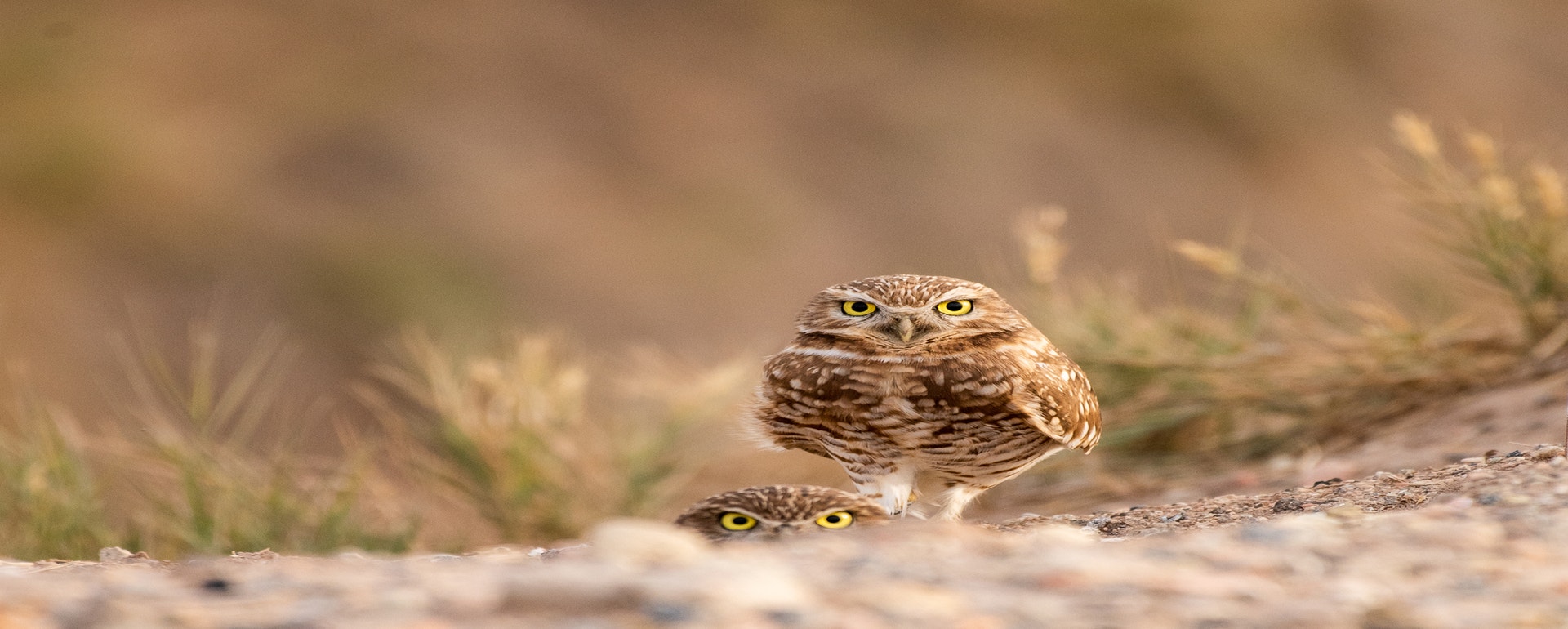
The new Sustainable Cattle Ranching Playbook recently launched by ÃÛèÖAPP Americas shares the ancient and vital connection of people and birds, and best practices to boost productivity while helping birds.
Silvopasture Across the Hemisphere


Let us send you the latest in bird and conservation news.
